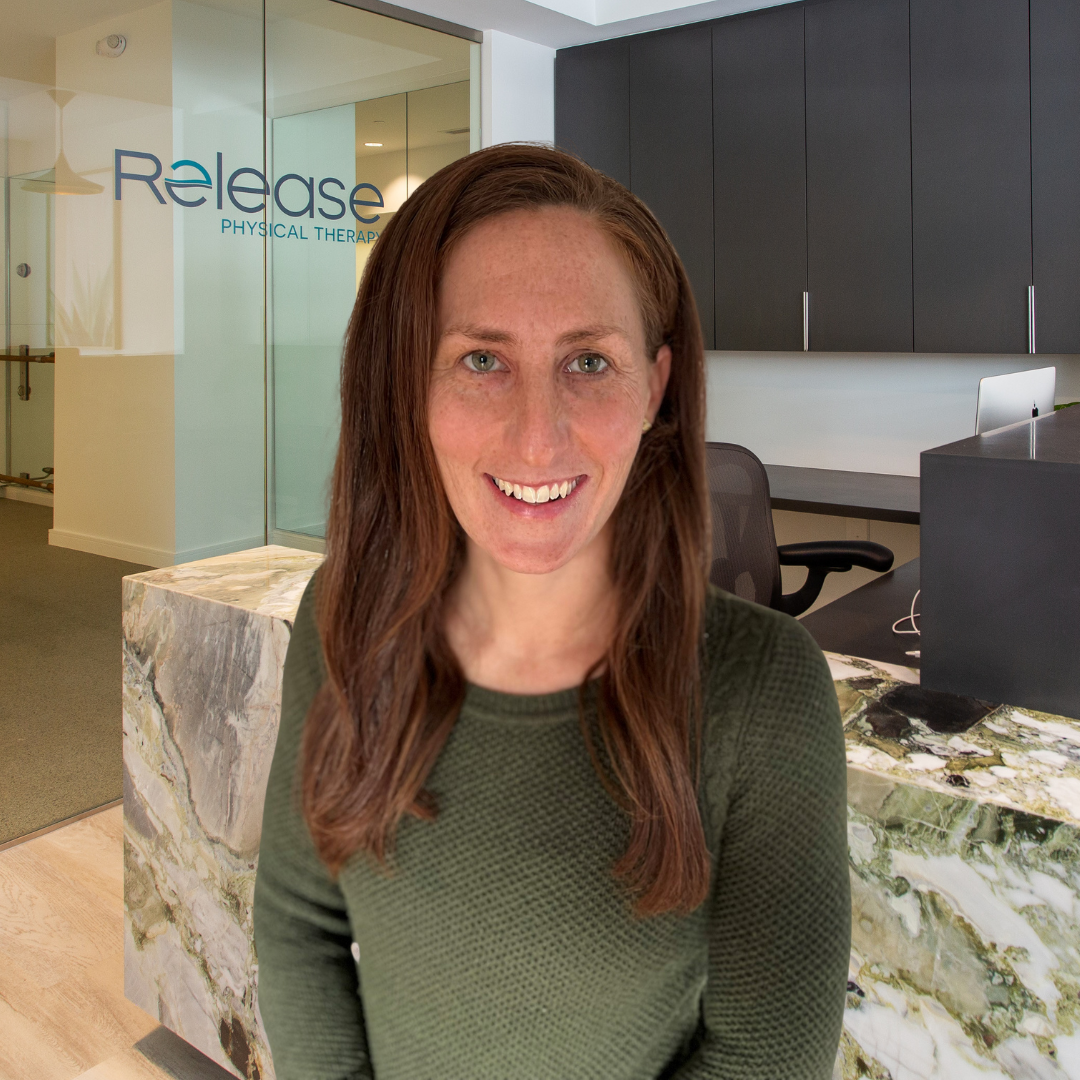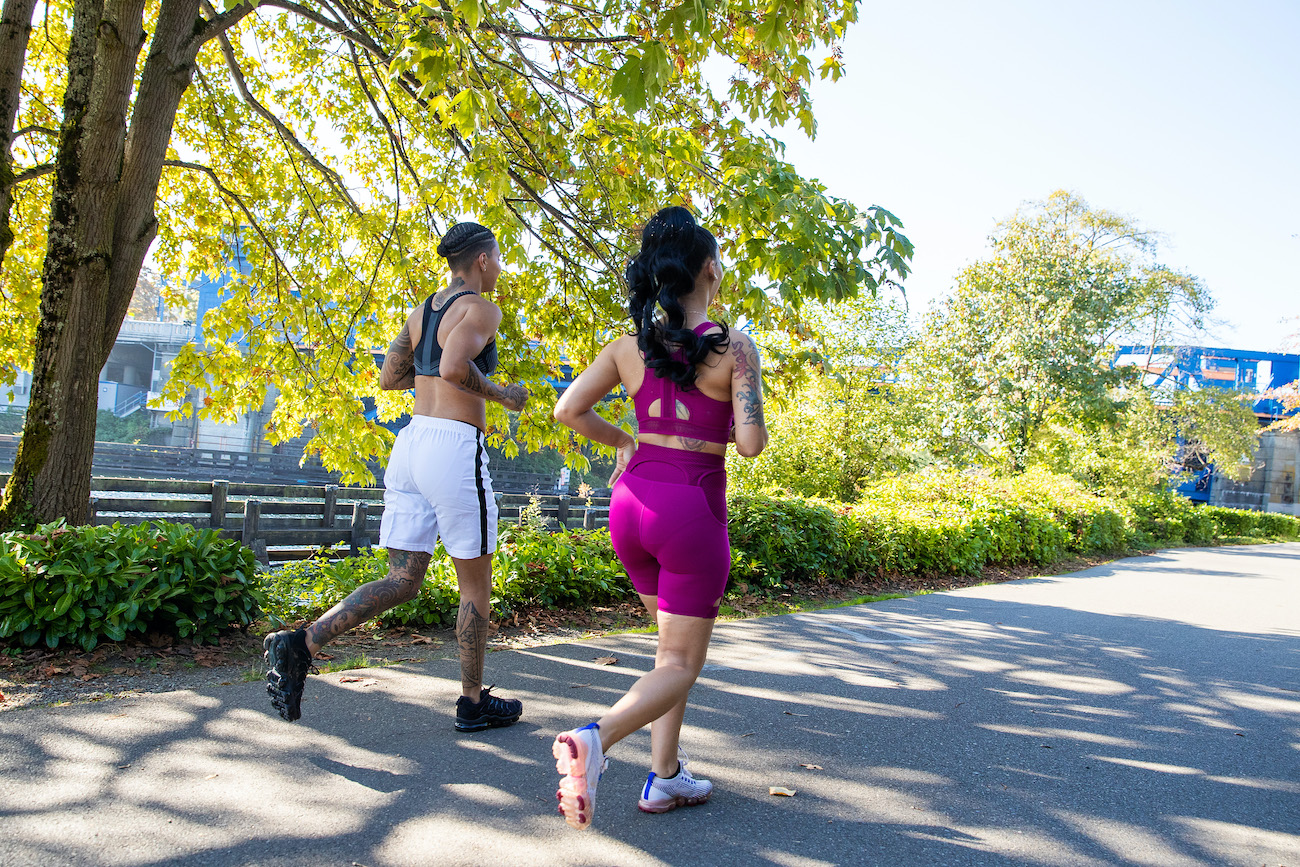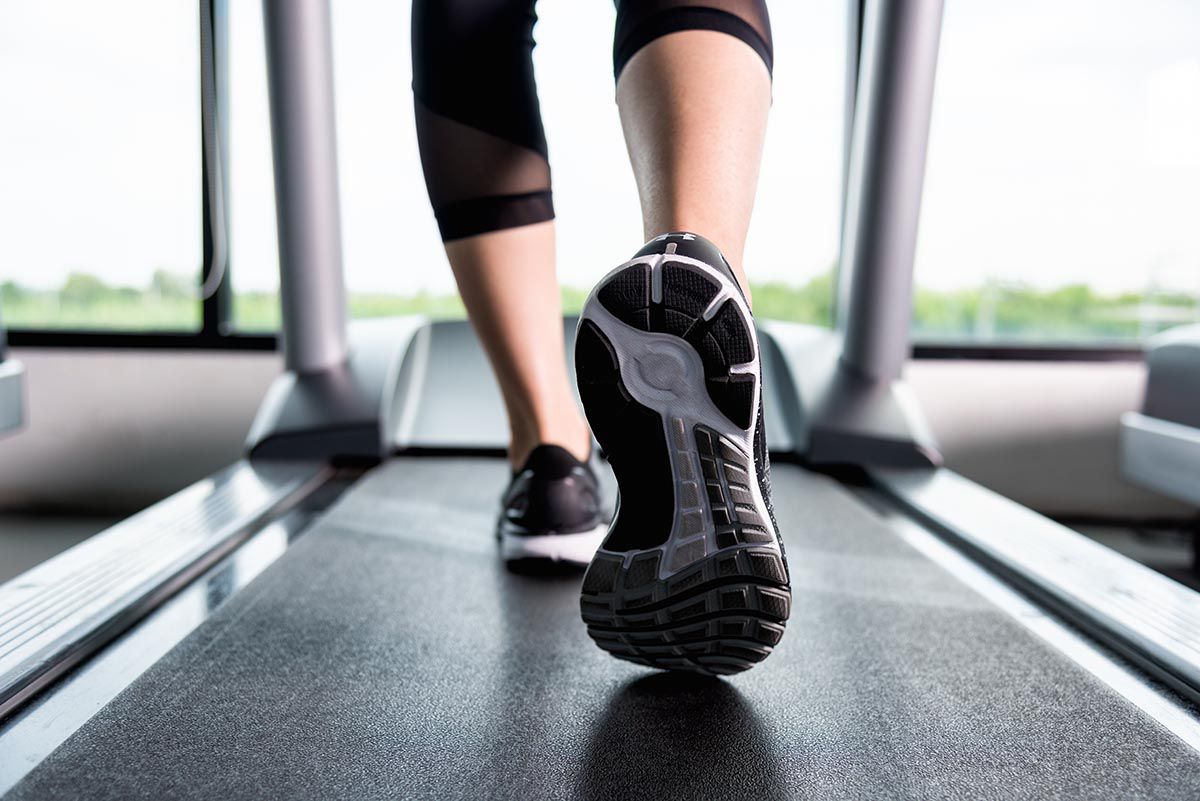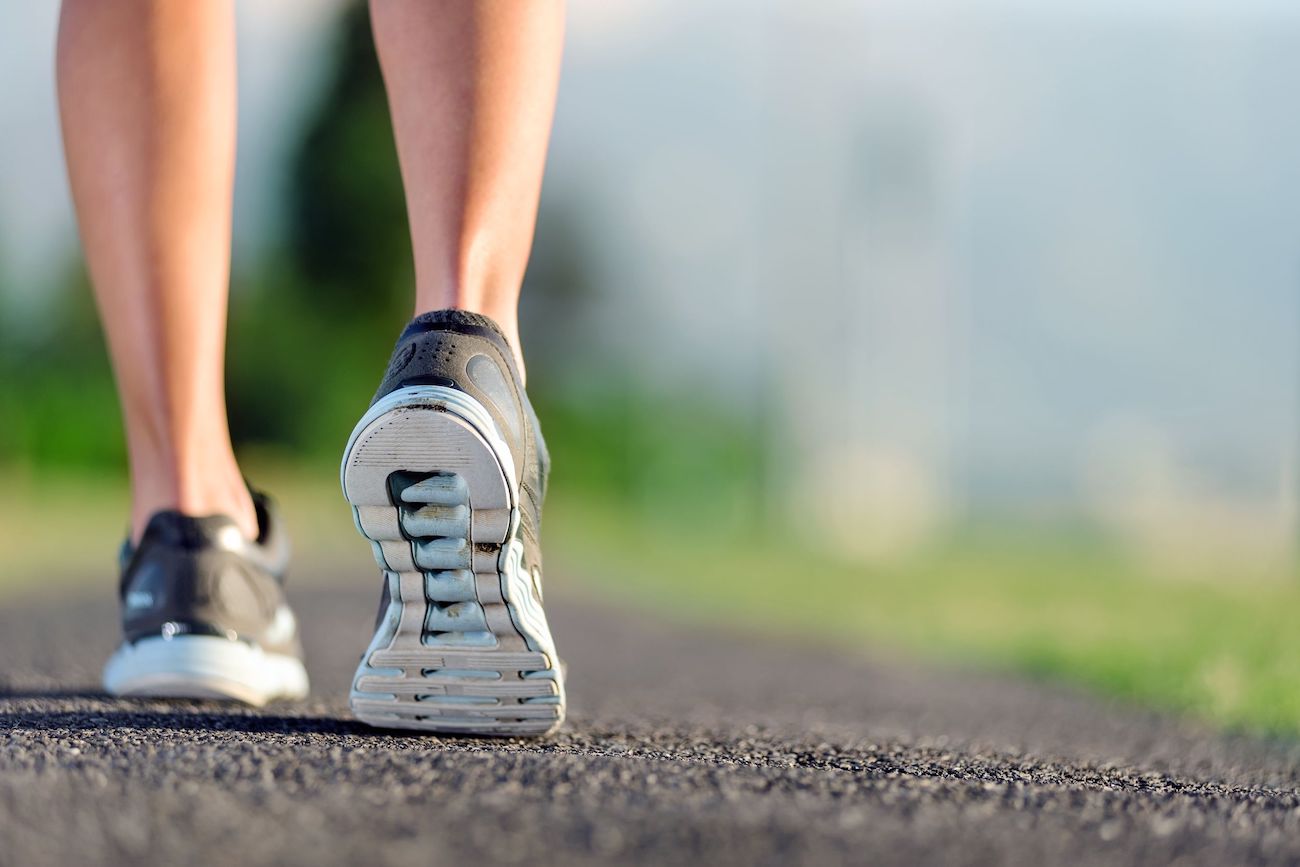Staying Fit Safely Throughout Your Pregnancy
According to the ACOG, pregnant and postpartum women should get at least 150 minutes of moderate-intensity aerobic activity every week. This should be broken into multiple sessions per week, or even per day, as needed. The guidelines also state that women who regularly engaged in vigorous-intensity exercise prior to pregnancy can continue these activities during the pregnant and postpartum period. Those who are new to exercise should start slow, maybe 5 minutes a day, adding 5 minutes per session until you can exercise for 30 minutes in a row. Forms of exercise can involve walking, stationary biking, swimming and gentle yoga.
In 2017, the Journal of American Obstetrics and Gynecology advised that women who participated in 150 minutes of moderate-intensity activity weekly had a higher incidence of vaginal delivery and a lower incidence of excessive gestational weight gain, gestational diabetes, gestational hypertension or pre-eclampsia, preterm birth, c-section birth and lower birth weight.
Most pregnant women can exercise. Those with low risk pregnancies should have no concerns exercising at the level that they were exercising at prior to getting pregnant. If you like to run, run; if you like to lift weights, lift weights. There is a lot of misinformation and outdated research out there about “only lifting a certain amount of weight,” “keeping your heart rate below a certain level,” etc. The only thing that should change is that you should be open to modifications as needed. If you are feeling nausea, vomiting, fatigue in the first trimester, take it easy. Modifications do not mean that you are “out of shape,” but more that your body is undergoing physiological changes and you need to adjust. Those with high risk pregnancies need to consult their doctor prior to participating in exercise, as there are few conditions in pregnancy in which exercise may be contraindicated.
How should your exercise change? You should start implementing breathing strategies to improve core activation and protect your pelvic floor during your exercise. This helps prevent pelvic floor dysfunction, pelvic organ prolapse, incontinence, and diastasis rectus abdominus. This should be practiced in your prenatal days and carried over postpartum. As you progress further into pregnancy you can make modifications such as modifying high-impact movements, reducing ab-focused exercises that cause coning or doming across the midline, avoiding belly down exercises and modify as needed (hinged instead of prone, elevated bench or wall instead of plank), widen your stance to avoid belly getting in the way (sumo stance), and be cautious of symptoms while laying supine, on your back (you may want to elevate your bench/head).
It is recommended to reach out to a pelvic floor physical therapist during the 2nd trimester (or sooner) if you experience any pain, pelvic floor heaviness, urinary incontinence or want guidance on how to better prepare your body for birth and what to expect postpartum. Reach out to Mia Smyser at Release Physical Therapy today for your physical therapy during pregnancy. She is also happy to guide you on return to your goals and safe exercise postpartum.
RELATED POSTS
5 Essential Stretches for Runners
Stretching for runners helps to prevent injuries, improve flexibility, and increase range of motion... but not all stretches are created equal. Learn the best stretches for running, when and how often to stretch.
What is the best surface to run on?
What kind of surface is best to run on to decrease the risk of injury? Learn the pros and cons of different running surfaces. Plus - how a video running analysis can up your running game this season.
Form First: Factors of Running Gait
There can be a lot to pay attention to when it comes to our movement patterns, particularly with running. The following five factors are critical to ensuring proper form.
Form First: Running Gait Evaluation Tools
Our bodies can develop functional movement patterns that aren't always the most efficient or safest for us over time. Try these tools and methods to evaluate and make adjustments to your gait.
Foot Strike: The Debate
When running, the foot can hit the ground in different areas: rearfoot, mid-foot, or forefoot. One heavily debated topic is rearfoot versus forefoot striking, and which (if either) is better for healthy running.
Finding the Right Running Shoe for You!
Let's talk running shoes! Of course, there are many types available for different feet, terrain, distance, etc. We will compare the two most common and differing shoe designs.

Mia Smyser PT, DPT, COMT, CIDN
Dr. Mia Smyser is a native of the DMV. She received her Doctorate in Physical Therapy from the University of Miami, after receiving her Bachelors of Science in Exercise Science from the University of South Carolina. She thinks movement is of foundational importance and is dedicated to improving people’s mobility and function and helping them achieve their optimal physical well-being.
She is passionate about continuing to learn and grow in the profession. She is a Certified Orthopedic Manual Therapist (COMT), certified in Integrative Dry Needling and is continuing her coursework with Herman & Wallace as a pelvic health therapist.
Dr. Smyser previously worked at outpatient physical therapy clinics in Washington, DC and Falls Church, VA, treating a wide variety of conditions including sports medicine, pelvic health, pre/post-operative rehabilitation, and pediatrics, among others.
In her free time, she prioritizes spending time with her husband, son & dog; playing soccer and running; coaching HIIT and checking out new restaurants.







